Orthopedics and Traumatology
Activities and Services
Prosthetic surgery:
Knee
Hip
Shoulder
Arthroscopic surgeries:
Knee
Shoulder
Ankle
Correctives for hand and foot conditions:
Forefoot deformity
Hallux valgus
Hammer fingers
Carpal tunnel
Rhizoarthrosis
Tendinopathies
Flatfoot
Surgical department executive
Dr. Fabio Bernetti
Functional Unit Manager
Dr. Antonino Catanese
Functional Unit Consultant
Dr. Francesco Miceli
Location
2nd Floor
For info and reservations
Contact the Single Reservation Center Call now: +39 0933 817111
*Reminder that, for services in agreement with the NHS, a prescription from your primary care physician is required.
All Departments
Medical Department
Surgical department
Prosthetic knee surgery
The knee prosthetic surgery (Monocompartmental Prostheses, Total Prostheses, Revision Prostheses), is performed with minimally invasive surgical techniques and state-of-the-art anesthesiology in order to speed up the functional recovery of operated patients(Surgical Fast Track).
The main indications for knee replacement surgery are:
Severe knee pain and/or stiffness limiting daily activities such as;and walking, climbing stairs, standing up or sitting in a chair.
Chronic inflammation and swelling in the knee that does not improve with rest, ice, intrarticular infiltration, or anti-inflammatory medications;
Knee deformity: a knee that has become flexed and no longer extends , knee deformed inward (varus) or outward (valgus) In these cases, prosthetic surgery can realign the limbs.
Prosthetic hip surgery
The hip prosthetic surgery (Neck-preserving prostheses, mini-invasive prostheses with ceramic tribology, revision prostheses), is performed with minimally invasive surgical techniques and anesthesiological techniques for optimal postoperative pain management.
Indications for hip replacement surgery.
This surgery finds indication in various forms of chronic arthropathy.
The most common conditions that find indication in hip replacement surgery are:
Primary arthrosis of the hip;
Rheumatoid arthritis or seronegative autoimmune forms;
Aseptic osteonecrosis of the femoral epiphysis;
Posttraumatic arthrosis;
Secondary arthrosis (e.g., in outcomes of congenital hip dysplasia, in outcomes of epiphysiolysis, outcomes of septic arthritis etc.);
Subcapitate fractures of the femoral neck.
Prosthetic shoulder surgery
The prosthesis may involve only the head of the humerus or be a total prosthesis, that is, replacing both the head of the humerus and the glenoid portion at the scapular level.
The situations in which shoulder replacement surgery may be necessary are varied.
The most common is thearthrosis, which involves compared to the normal shoulder the loss of the covering cartilages resulting in the disappearance of the joint space between the humerus and scapula, deformation of the joint surfaces, and the formation of bony outgrowths called osteophytes.
Sometimes it occurs spontaneously with aging, other times it is promoted and conditioned by previous damage to the joint, e.g. trauma severe or the repeated dislocations of the shoulder.
Arthroscopic surgeries
Arthroscopy is a modern surgical technique that allows surgery to be performed within a joint (e.g. shoulder, knee, ankle) without having to incise the joint capsule, except for a few millimeters.
The widespread use of this technique can be attributed to several features including:
Minimal local invasiveness;
Brevity of surgical performance and thus reduced anesthesia time;
Extremely reduced bleeding;
Scarcity of intra- and postoperative complications;
Good functional result;
Resumption of daily activities, work and sports activities in a short time compared with previous "open-air" techniques.
At SANTABARBARA HOSPITAL about 250 knee arthroscopies are performed annually for meniscal and cartilage injuries, with increasing attention to meniscal suturing, operated in Day Surgery, and about 100 ligament reconstructions of the anterior and posterior cruciate ligament with new surgical techniques involving the use of next-generation artificial ligaments.
Ankle arthroscopies with associated ligament reconstructions are also performed.
Correctives for hand and foot conditions
La foot surgery represents a practice of excellence for the orthopedic department, even more so since it has been undertaken by the minimally invasive surgery for hallux valgus and forefoot deformities, as well as surgeries for children’s flat feet, with surgical techniques minimally invasive.



